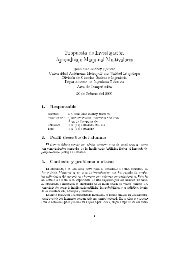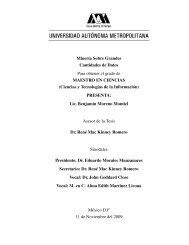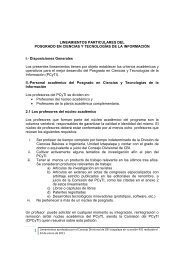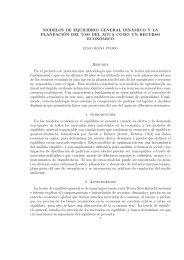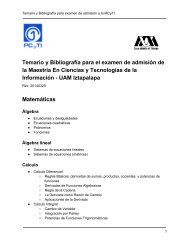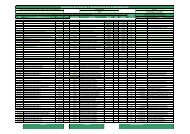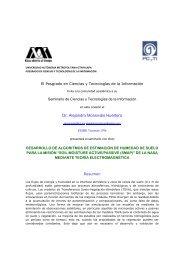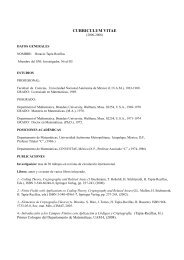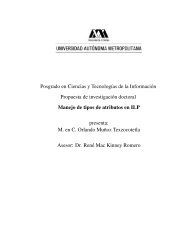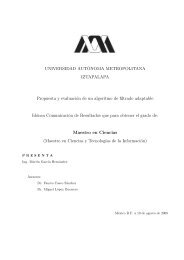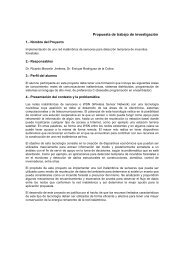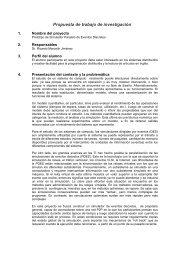Estimación de marcas en redes RFID - Posgrado en Ciencias y ...
Estimación de marcas en redes RFID - Posgrado en Ciencias y ...
Estimación de marcas en redes RFID - Posgrado en Ciencias y ...
Create successful ePaper yourself
Turn your PDF publications into a flip-book with our unique Google optimized e-Paper software.
ABSTRACT<br />
Nowadays, <strong>RFID</strong> is a technology wi<strong>de</strong>ly used in several areas. The attractiv<strong>en</strong>ess of <strong>RFID</strong><br />
is the ability to i<strong>de</strong>ntify objects without contact or a direct sight line betwe<strong>en</strong> the <strong>de</strong>vices<br />
involved. Due to its large impact, it is necessary that the <strong>RFID</strong> technology accounts with<br />
mechanisms that improve its functionality while at the same time, optimizing its performance.<br />
The <strong>RFID</strong> technology has great chall<strong>en</strong>ges, such as collision resolution, <strong>en</strong>ergy saving,<br />
security, etc. An improvem<strong>en</strong>t in any of these fields invariably involves an improvem<strong>en</strong>t in<br />
performance and operation of this technology, which in turn can translate into the op<strong>en</strong>ing<br />
of new applications using technology <strong>RFID</strong>.<br />
In this master’s thesis we focus on solving one of the main problems concerning <strong>RFID</strong><br />
networks: tags collisions. This problem is one of the most important in <strong>RFID</strong> networks,<br />
since besi<strong>de</strong>s the loss of information s<strong>en</strong>t by the tags, there is also a waste of bandwidth<br />
and <strong>en</strong>ergy, which causes an increase of i<strong>de</strong>ntification <strong>de</strong>lay, being the latter one of the most<br />
important performance metrics in such networks.<br />
Throughout this master’s thesis, we pres<strong>en</strong>t an overview of the fundam<strong>en</strong>tals of <strong>RFID</strong><br />
networks, their principal compon<strong>en</strong>ts, a <strong>de</strong>scription of the participating <strong>de</strong>vices, etc. We th<strong>en</strong><br />
<strong>de</strong>tail the problem of tag collisions and the context in which they occur. Similarly, we pres<strong>en</strong>t<br />
a review of several anticollision protocols that have be<strong>en</strong> proposed so far in the literature for<br />
<strong>RFID</strong> networks, and finally we discuss the advantages and disadvantages they offer.<br />
Based on our study, we propose an anticollision protocol based on p-persist<strong>en</strong>t CSMA,<br />
which overperforms the existing standards for <strong>RFID</strong> used and a couple of rec<strong>en</strong>t proposals in<br />
the literature. We evaluate our proposal based on i<strong>de</strong>ntification <strong>de</strong>lay obtaining reliable and<br />
valid results.<br />
We conclu<strong>de</strong> our work by discussing the results, and <strong>de</strong>scribing our future work on <strong>RFID</strong><br />
systems.<br />
ii



